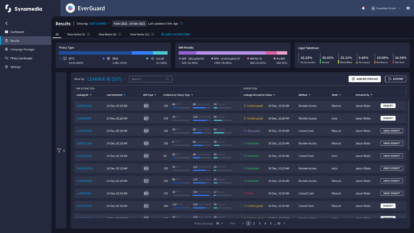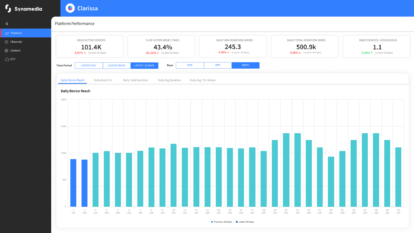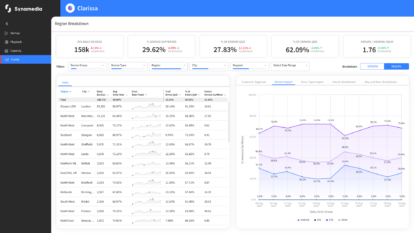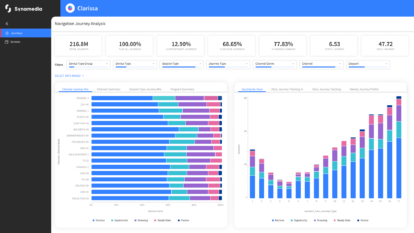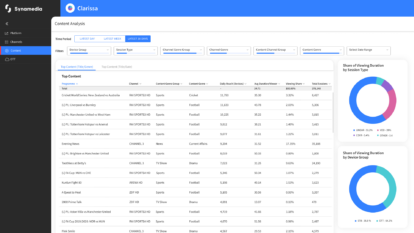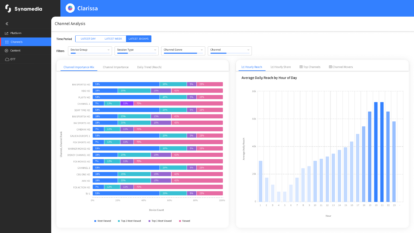ATSC 3.0, a.k.a. NEXTGEN TV, is set to revolutionize the way broadcasters compete in today’s pay-TV environment primarily because it enables broadcasters to carry the highest quality video and audio signals, while also offering pay-TV services like tiered content and pay-per-view. As ATSC 3.0 leads broadcasters natively into the pay-TV realm, opportunities for broadcast and cable to work together on hybrid pay-TV services will be plentiful and will result in maintaining their dominance on the large screen. And why else would they team up? To compete against virtual MVPDs who continue to encroach into the cable consumer base, and therefore strengthening pay-TV viewership and loyalty.
While the above scenario sounds like a “no-brainer,” there are some roadblocks. As an industry, we all know that ATSC 3.0 is not backward compatible with the current ATSC 1.0 networks. While some may view that as a challenge; we viewed it as an opportunity build a solution. And that we did… Enter our Media Edge Gateway ATSC 3.0 Receiver, part of a new line of award-wining software-based receivers.
Our receiver offers three important functions:
- It frees up broadcasters to deploy ATSC 3.0 services ahead of cable network readiness and receives ATSC 3.0 signals via either RF or IP. It can provide a Transport Stream based output of the ATSC 3.0 payload, allowing transmission of 4k-UHD signals including immersive audio.
- It effectively manages the complexities of failover between RF and IP inputs, by in some cases re-multiplexing or re-mapping services as each of the incoming signal constructions may be different. Flexibility of the receiver is key here as each cable and broadcaster network types will very independently during the adoption period.
- It incorporates the ability to provide customized monitoring dashboards at this critical point of demarcation between the broadcaster and cable networks. The receiver is fully integrated with best-in-class monitoring solution offered by Triveni Digital StreamScope Dashboard, where the receiver also becomes compatible with Triveni Digital Enterprise monitoring
The MEG ATSC-3.0 Receiver is application-specific upgradable from the Synamedia deep, rich virtual DCM software code base, where it can naturally become an all-IP, all software receiver which is of particular importance as broadcast and cable networks evolve.
We are excited to be at the spearhead of the ATSC-3.0 transformation. Our recent success with key broadcasters in lighthouse markets is a testament of our superiority and leadership in the segment. Don’t just take our word for it, see for yourself. Sign up for a demo at this week’s SCTE Cable-Tec Expo.
About the Author
Mark Myslinski is Broadcast Solutions Manager, responsible for Synamedia’s Video Network streaming and broadcast solutions for web/OTT providers and station broadcasters (ATSC 3.0). Mark’s expertise spans video processing for live, file and recording applications for direct-to-consumer, and he has 15+ years of industry expertise in directing product development initiatives and managing roadmaps for ATSC, IPTV and OTT solutions.
Prior to joining Synamedia, Mark held product and deployment management positions at Intelsat, Motorola Broadband and Encompass Digital Media, as well as systems engineer positions at TelVue Corporation and Cox Communications.
Mark holds a B.S. in Electrical Engineering from Penn State University, and completed masters classes in Digital Communications at Rutgers University.

